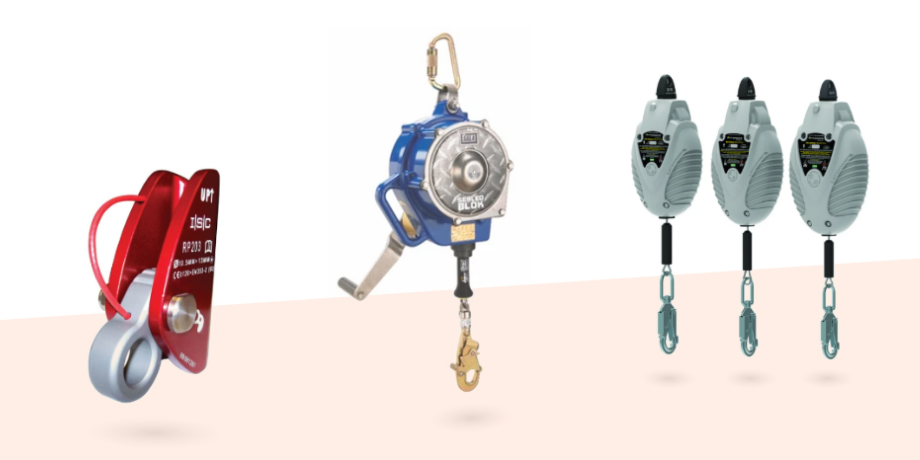
Australia’s fall arrest device standards have recently been updated.
The updated Standard – known as AS/NZS 1891.3 (2020) – is now in force and applies to the manufacture of new fall arrest devices.
Whilst this Standard focuses on requirements for manufacturers, there is a flow-on effect for end-users and for those who purchase fall arrest devices.
Find out more about two key updates – and how they might affect you.
1. New fall arrest devices can now be compatible with additional international standards
The updated Standard recognises the compatibility of international manufacturing standards to a far greater degree.
As a result, the list of international standards that comply with AS/NZS 1891.3 (2020) has expanded significantly. For example, both American and European standards are now included on that list.
This long overdue recognition removes doubt and confusion about the conformity of fall arrest devices manufactured overseas.
It means that new fall arrest devices manufactured to agreed international standards automatically comply with this Australian Standard.*
*Note: This excludes any textile line components, which must also meet local light degradation performance requirements (refer below)
What does this mean for you?
Before purchasing a new fall arrest device, check it meets the new AS/NZS 1891.3 (2020) Standard – or an approved standard from the list below:
| Guided Fall Arrest System & Rope Adjustment Devices Compatible international standards (primary function): EN 353.1 | EN 353.2 | EN 12841a | ANSI/ASSP Z 359.15 | ANSI/ASSP Z 359.15 Shop Type 1 Fall Arrest Devices |
| Self-Retracting Lifelines Compatible international standards (primary function): EN 360 | ANSI/ASSP Z 359.14 Shop Type 2 Fall Arrest Devices |
| Self-Retracting Lifelines with Retrieval Compatible international standards (primary function): EN 360 | ANSI/ASSP Z 359.14 Compatible international standards (secondary function): EN 1496 | ANSI/ASSP Z 359.14c | ANSI/ASSP Z 359.4d Shop Type 3 Fall Arrest Devices |
| Self-Retracting Lifelines with Self-Rescue Compatible international standards (primary function): EN 360 | ANSI/ASSP Z 359.14 Compatible international standards (secondary function): EN 341b | ANSI/ASSP Z 359.4e |
2. Any textile line components must be certified as fit for an Australian environment
Fall arrest devices that include textile line components (for example, webbing) must also meet Australian requirements for light degradation performance. These requirements are set out in Standard AS/NZS 1891.1.
The extra focus on light degradation performance is important due to Australia’s relatively harsh climate and environment. We want to know that textile line components of fall arrest devices manufactured overseas are just as safe to use and perform just as well over here.
The light degradation performance requirements contained in AS/NZS 1891.1 give us a way of measuring their ability to do exactly that.
What does this mean for you?
Before purchasing a new fall arrest device, check that it complies with the light degradation performance requirements set out in AS/NZS 1891.1.
Why it’s safer to shop with specialists
The benefit of buying from height safety specialists is that you’re dealing with people who use the height safety equipment we sell. We know it inside out and we use it every day on the job.
As for these new and improved Australian Standards — we’ve already talked to our suppliers to confirm all of the products we sell comply!
We’re here to help you make the right product choices for yourself, your team and your business. So do reach out if you have any questions.
